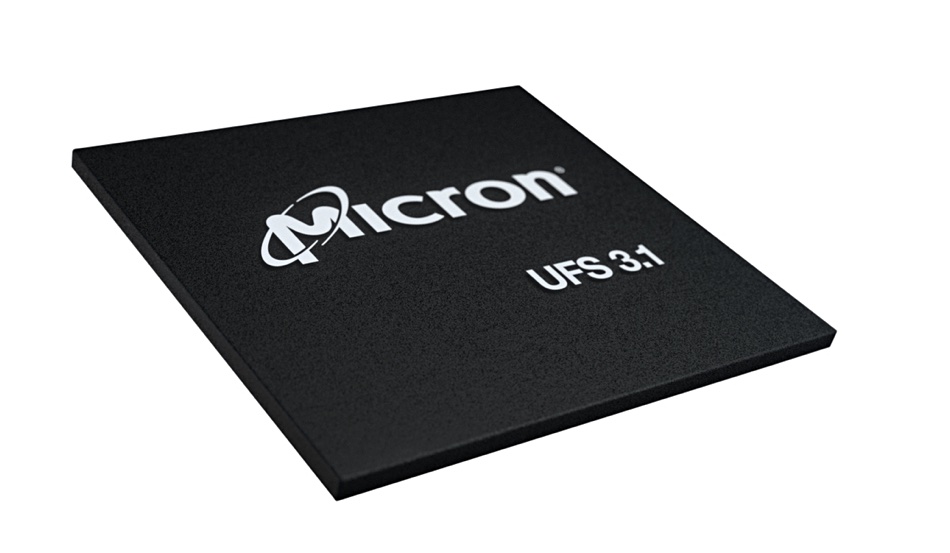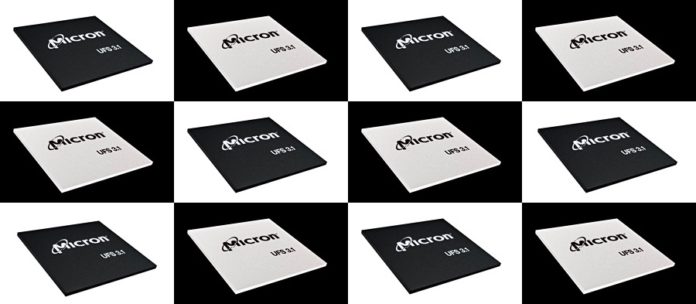Micron is shipping 176-layer mobile phone flash drives with an up to 75 per cent speed improvement over the previous generation, setting up fast 5G smartphone data handling.
Its UFS 3.1 thumbnail format drives effectively replace the previous 96-layer product, with higher bandwidth, more IOPs, shorter latency and longer endurance. Micron claims a ten-minute 4K YouTube video can be downloaded in 0.7 seconds and a two-hour 4K quality movie in under ten seconds — both across a 5G network.
In an announcement statement, Raj Talluri, SVP and GM of Micron’s Mobile Business Unit, said: “Our breakthrough 176-layer NAND supercharges smartphones with unparalleled performance, delivering rich multimedia content to consumers’ fingertips in a flash.” In a flash — geddit?

Micron’s volume shipping of 176-layer UFS 3.1 drives for mobile phones, follows on from its announcement of 176L gumstick format 2450 and 3400 M.2 drives for workstations and servers in June.
It provided a set of qualitative improvements over the 96-layer UFS 3.1 product, backed up by a single quantitative performance comparison:
- 70 per cent faster random read performance;
- 75 per cent faster sequential write times, at 1,500MB/sec, for improved download speeds;
- 15 per cent faster mixed workload performance;
- 10 per cent shorter latency resulting in faster response times and a more reliable mobile experience;
- Up to two times the improved total bytes written (TBW).
These are substantial improvements, and HONOR Magic3 Series smartphones will use Micron’s fast new UFS 3.1 drive. Honor Device product line president Fang Fei said: “Users of our new flagship HONOR Magic3 Series will be able to enjoy snappy, seamless multitasking across apps, fast downloads and storage supported by Micron’s industry-leading solution.”
Read a Micron blog by Mario Endo, Mobile Business Unit marketing director, for background information.
Thumbnail vs gumstick drives
These 176L UFS 3.1 drives are not fast compared to Micron’s 176-layer M.2 format SSDs. Its PCIe 4 interface 2450 drive, with 256, 512 and 1026GB capacities, has up to 450,000/500,000 random read/write IOPS, 3,600MB/sec sequential read and 3000MB/sec sequential write speeds. The read speed is more than twice as fast as the UFS 3.1 device’s 1500MB/sec.
The 256GB and 512GB capacity 2480 models support 180 and 300 TBW respectively, and that should be similar to the 176L UFS 3.1 drive’s endurance.
We might envisage JEDEC is working on a future UFS 4.0 standard which will increase performance still further and perhaps enable 1TB capacities.
In June Micron said it was sampling 96-layer UFS 3.1 drives for the automotive industry. Why not the more advanced 176-layer? The automotive industry requires ruggedised NAND for its hot and vibrating vehicle environments.







